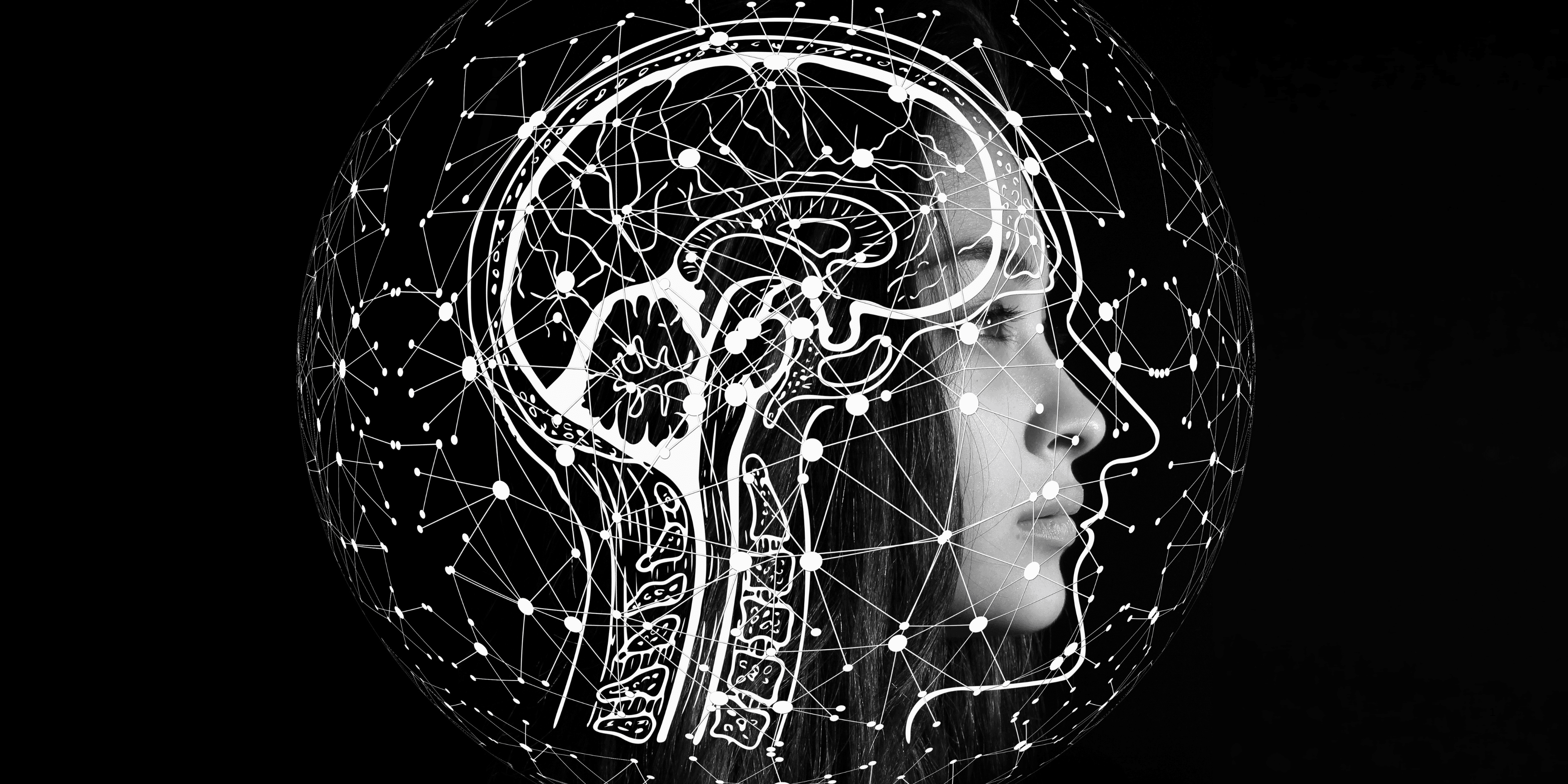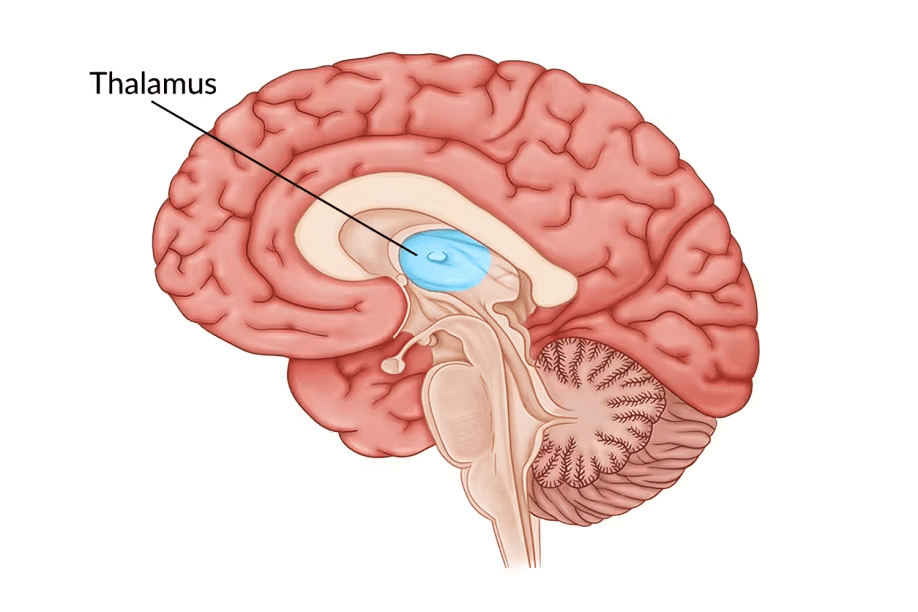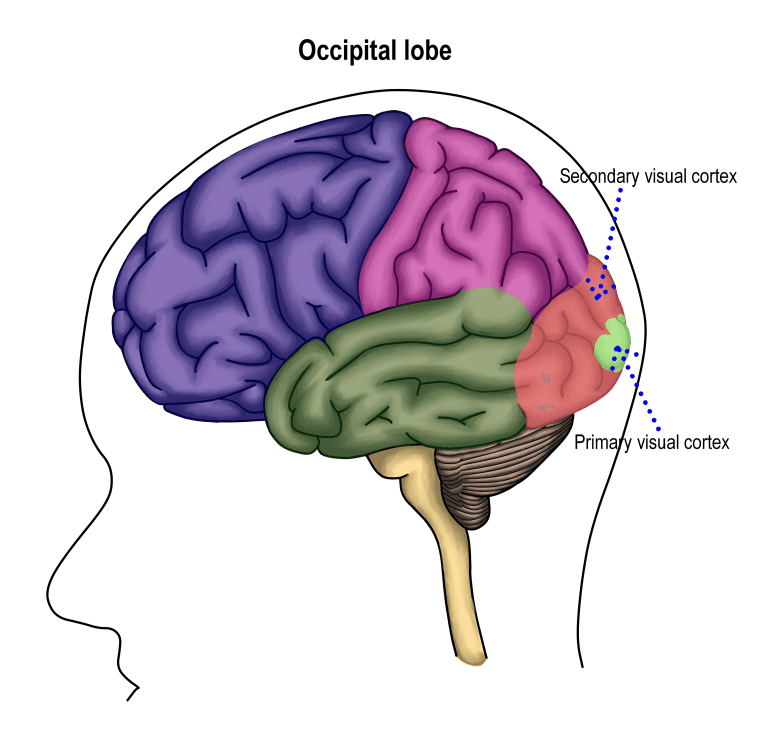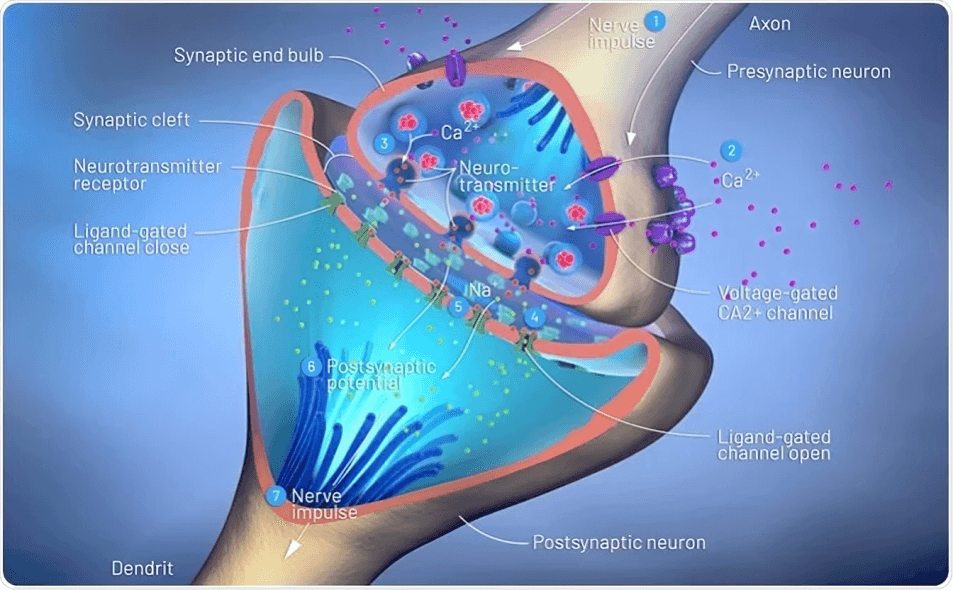
“
The anatomy of the human brain reveals a remarkable organ that governs every thought, emotion, and movement. Containing around 86 billion neurons, it functions through an intricate network of electrical and chemical signals. Divided into specialized regions—the cerebrum, cerebellum, and brainstem—each part handles crucial roles like memory, balance, breathing, and reasoning.1
1
”
The brain’s outer layer, the cerebral cortex, is highly folded to maximize surface area, allowing for billions of neurons and complex functions like language, problem-solving, planning, and abstract thinking. 1
The left and right hemispheres of the brain have specialized functions, with the left often handling language and logic, while the right contributes to creativity, emotion, and spatial awareness. 2

Deep inside the brain lies the thalamus, which acts as a relay station, channeling sensory signals like sight and sound to the correct parts of the cerebral cortex for interpretation.
The hippocampus, shaped like a seahorse, is vital for memory formation. It converts short-term memories into long-term storage, helping you recall names, faces, and experiences over time. 3
The brainstem, located at the base of the brain, controls involuntary life-sustaining functions such as heart rate, breathing, blood pressure, and digestion without needing conscious thought. 4
The cerebellum, found under the cerebrum, is essential for motor control. It fine-tunes movements, maintains posture, and helps us coordinate complex physical actions like walking or riding a bike. 5
The amygdala, an almond-shaped cluster of neurons, plays a major role in processing emotions, particularly fear and aggression, helping us respond quickly to danger or threats. 6
The frontal lobe, located at the front of the brain, governs decision-making, personality, problem-solving, and impulse control—making it crucial to how we navigate daily life and social situations. 7

The occipital lobe, located at the back of the brain, is the primary center for visual processing. It interprets light, shapes, and movement to build a clear picture of the world around us.
The philosopher René Descartes believed the pineal gland was the "seat of the soul," reflecting early attempts to connect consciousness to brain anatomy—a quest still explored in neuroscience today. 8
The temporal lobe plays an important role in hearing, language comprehension, and memory retrieval. It's where we recognize voices, process speech, and remember the lyrics of songs. 9
The brain contains a fluid-filled system called the ventricles. These spaces are filled with cerebrospinal fluid that cushions the brain and removes waste products through circulation. 10
The pituitary gland, often called the "master gland," is controlled by the brain's hypothalamus. It releases hormones that regulate growth, metabolism, reproduction, and other endocrine system activities. 11
The corpus callosum is a thick band of nerve fibers connecting the two brain hemispheres, allowing them to communicate and coordinate activities like reading, speaking, and interpreting emotions. 12
The hypothalamus, about the size of an almond, controls many automatic bodily functions such as temperature regulation, hunger, thirst, circadian rhythms, and emotional responses like stress. 13

Brain cells—called neurons—communicate through electrical impulses and chemical signals using synapses. These connections allow thoughts, movements, and emotions to be transmitted in milliseconds.
White matter in the brain consists of myelinated axons that connect different brain regions, while gray matter, rich in neuronal cell bodies, handles processing, decision-making, and control. 14
A healthy adult brain uses about 20% of the body’s total oxygen and energy, even though it makes up just around 2% of total body weight, showing how metabolically active it is. 15
The limbic system includes structures like the hippocampus and amygdala. Together, they regulate memory, mood, and emotional behavior, influencing how we react to life experiences and relationships. 16
The brain continues to develop into the mid-20s, especially the prefrontal cortex. This delayed maturation explains why adolescents sometimes struggle with impulse control, decision-making, and long-term planning.17


